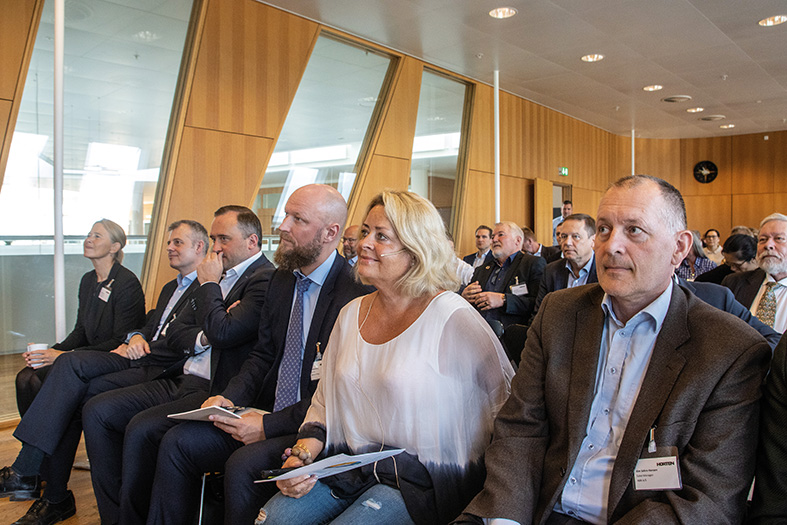
Time for the green transition and new forms of energy
Nuna Law believes that the green transition offers great prospects and growth opportunities for Greenland
In October 2022, more than 100 people gathered for a conference on green energy and new forms of energy in Greenland. The hosts were Greenlandic Nuna Law and the firm’s partner, Horten Law Firm. The participants heard insightful and exciting presentations from top Greenlandic politicians, skilled technical experts and representatives from companies that are well underway with concrete projects and initiatives in the area – and the full house was no coincidence.
“There is a huge amount of interest in what Greenland has to offer in terms of green energy, sustainable fuel production and critical minerals,” says partner and lawyer Helen Kibsgaard of Nuna Law.
There are great prospects in the development of green technologies. The green transition is for example highly mineral-intensive, and Greenland has rich deposits of the critical minerals that are essential for this. These include the so-called rare earths – but also, for example, cobalt and graphite.
“As we heard in the presentations, the production of wind turbines and photovoltaic systems, and not least battery-powered cars and fuel cells, requires a whole spectrum of minerals. These critical minerals could put Greenland in a unique and leading strategic position as a supplier, and the same applies to green energy production,” says Helen Kibsgaard.
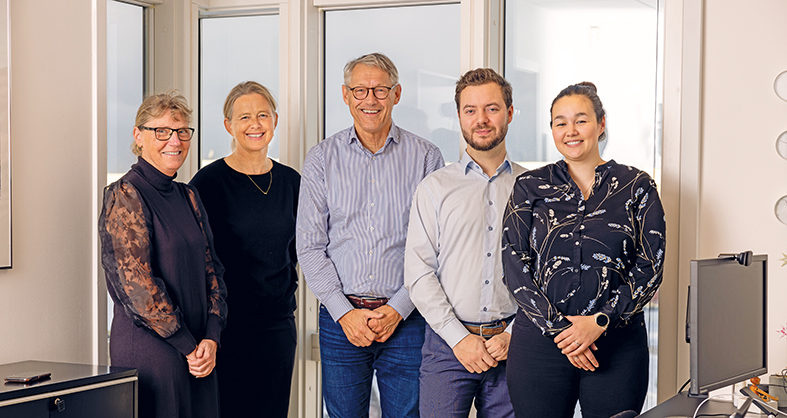
Green transition on the global agenda
The current energy crisis is on the global agenda, and shows the need to develop new forms of energy. This is where Greenland could enter the field – which could not only bring climate and environmental benefits and a better use of resources, but also contribute to economic growth.
“Some of the international players already have experience in this area from other project cycles, and it could be of great advantage to Greenland to benefit from this. It has a time horizon that extends perhaps 20 years or more into the future,” says Helen Kibsgaard. “Nonetheless, now is the time we all should work for it.”
Nuna Law is following the trends closely, and with the conference, the company is also demonstrating a desire to help accelerate developments.
“At Nuna Law, we wish to play an active role in supporting the development of the energy and minerals sectors in Greenland,” says Helen Kibsgaard. The experience of working with international mining companies in Greenland over the past 15-20 years has provided the firm with particular insight.
“Together with Horten, one of the major Danish law firms with extensive experience in energy and infrastructure projects, we can offer a unique platform of advice, knowledge and experience in relation to new forms of energy,” says Christian Gregersen, Managing Partner at Horten.
These will be quite large projects, which, with a green profile all round, will harmonise well at several levels with the sustainability requirements and the ESG agenda.
Sustainability is also about mutual trust
Sustainability is also about ensuring that the environmental requirements are met, that local people are involved, and that communities and business actors have mutual trust in each other.
“In order for the projects to be successful in Greenland, it is essential to work for positive and permanent acceptance from the population, and to ensure that Greenlanders view projects with news forms of energy as an opportunity for growth,” Helen Kibsgaard emphasises.
This requires new players to become thoroughly acquainted with Greenlandic conditions and with how society works here. They also need to know the regulatory framework in several areas.
“This is where our strong team of skilled legal professionals, in combination with our local knowledge, can be of great benefit to our clients,” says Helen Kibsgaard.
Related Posts
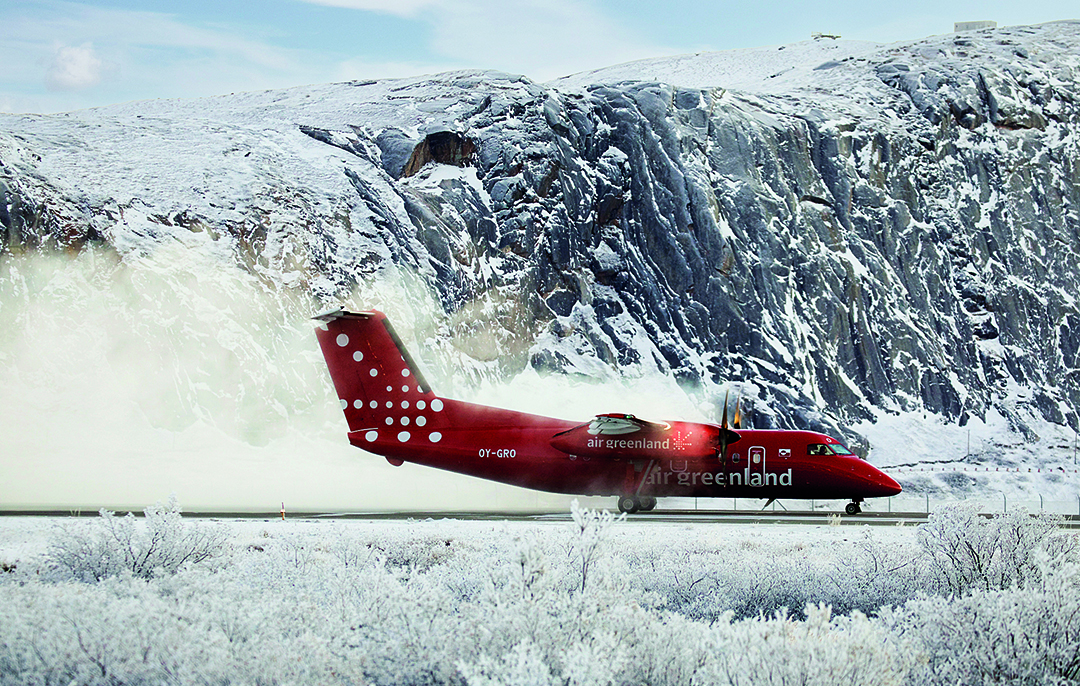
Improvements on all fronts
Improvements on all fronts Air Greenland is expanding its international offers from 2023, and is implementing major initiatives in customer service, low-cost travel and capacity

Time for the green transition and new forms of energy
Time for the green transition and new forms of energy Nuna Law believes that the green transition offers great prospects and growth opportunities for Greenland
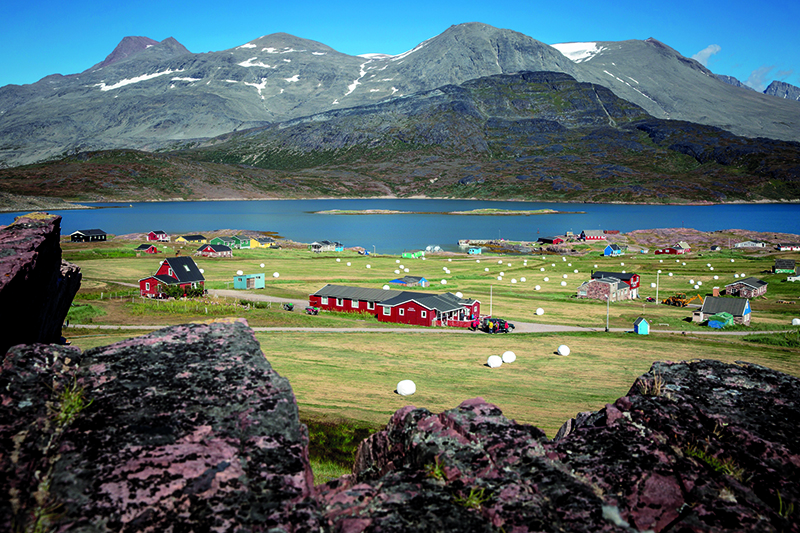
Once-in-a-lifetime experiences are in demand
Once-in-a-lifetime experiences are in demand As a travel destination, Greenland has never been more in demand – and Greenland Travel securely leads the way to
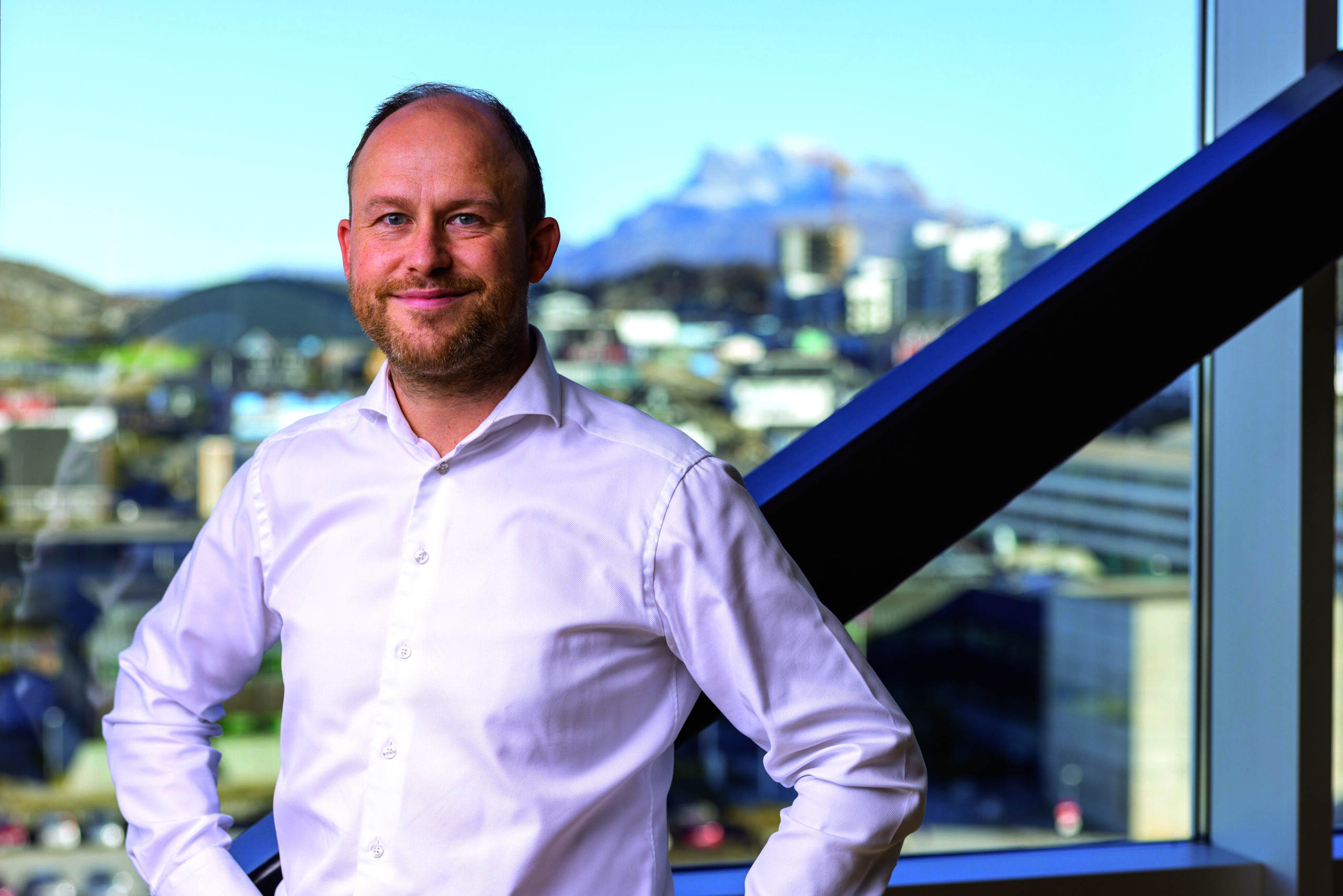
Greenland’s tourism is about to receive a huge boost
Greenland’s tourism is about to receive a huge boost Greenland is experiencing an unprecedented economic upswing, and the Bank of Greenland has the expertise to
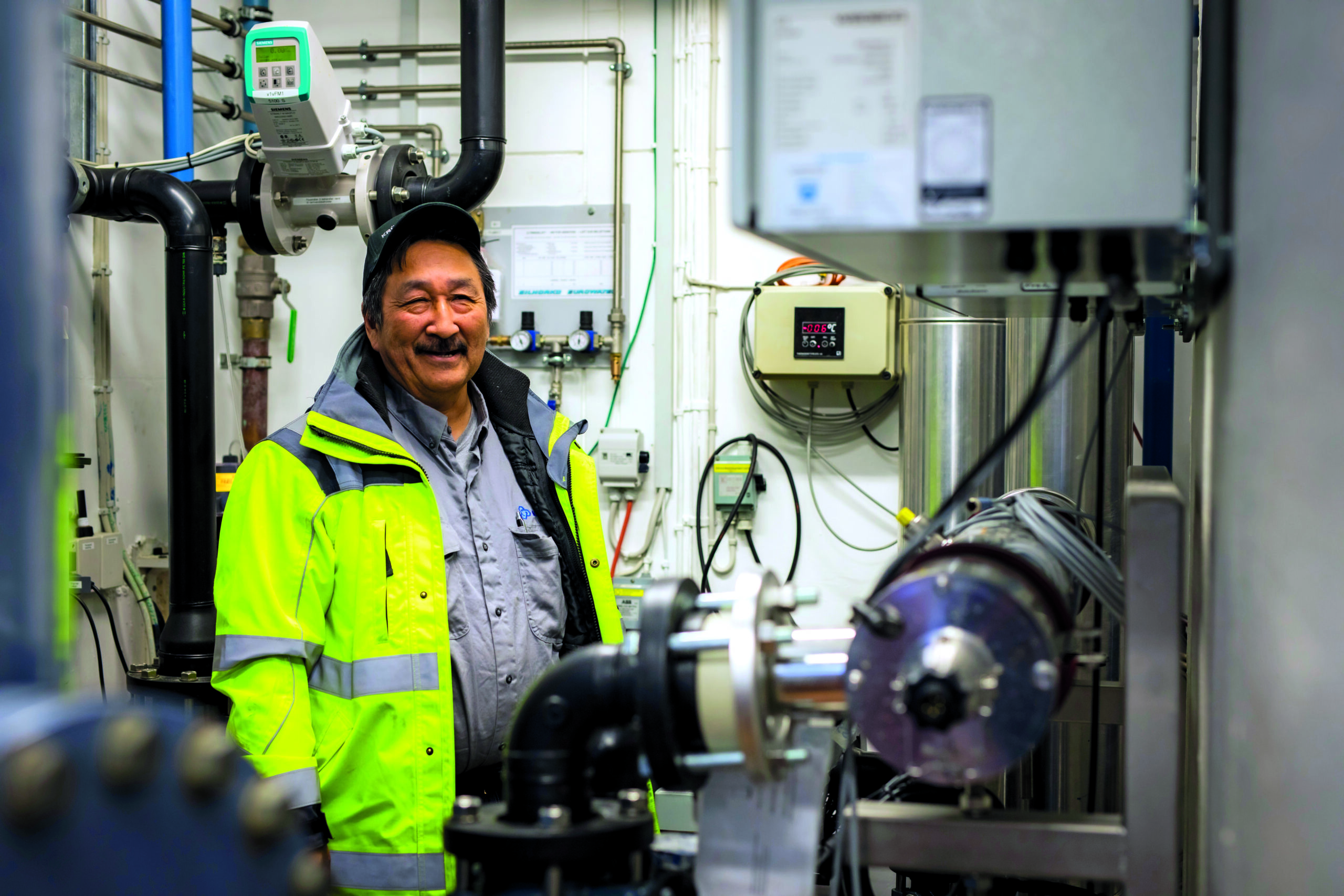
Time for the green transition and new forms of energy
Green energy must be for everyone Nukissiorfiit is well on its way to making Greenland self-sufficient in climate-neutral energy, and the company has even greater
